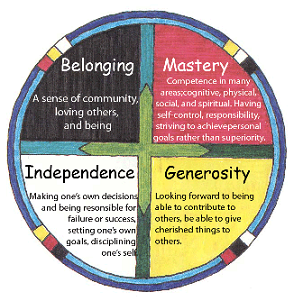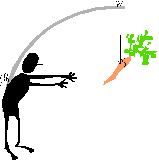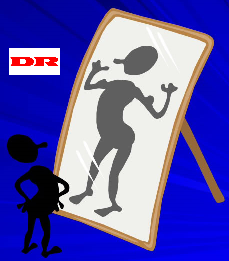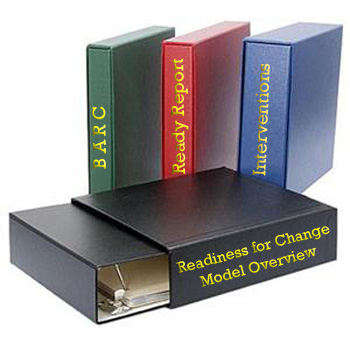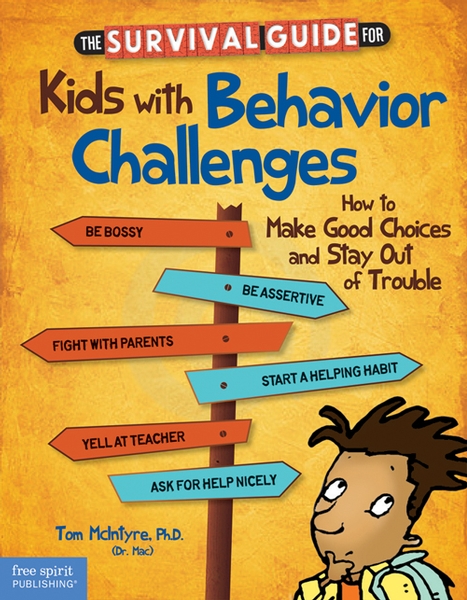Reaching & Teaching Tough Kids:
Students with Disruptive, Impulsive
& Conduct Disorders
They're our most invention-resistant youngsters. This is especially true of those children and youth who meet the DSM-5 limited prosocial specifier: Possession of a behavior pattern characterized by callous and unemotional victimization of others across multiple settings and relationships. Youngsters with conduct disorder (and adults with anti-social personality disorders) who show this specifier hold no concern for the feelings, wishes, and well-being of others.
The children and youth addressed on this page exhibit behavior patterns characterized by
-
defiance of authority
-
intimidation tactics
-
bullying
-
threats towards others
-
aggression
-
cruelty toward animals
-
destruction of property
-
juvenile code violations
-
theft
-
lying
-
Manipulation & victimization of others without remorse
Dr. Tom McIntyre's extensive experience and training in the education and treatment of these youngsters allows him to offer to you excellent resources for reaching and teaching children and youth with ODD and Conduct Disorder.
Janus Project Interview:
Dr. Mac was honored by being inducted in a project that collects interviews with significant figures in the education and treatment of youngsters with severe mental health and behavior disorders. He speaks about his experiences with aggressive, defiant streetcorner youngsters... students with various levels of Oppositional Defiant Disorder and conduct disorder.
Part 1
Part 2
Building Relationships with Relationship Resistant Children & Youth
Dr. Mac's Mountain: Working with students with severe behavior disorders can take its toll. As we struggle to master the attitude, knowledge and skills that allow us to effectively teach these disengaged and intervention-resistant youngsters we are at risk for passing through stages of professional development. Dr. Mac's videos help you to understand this process, and advance more quickly to the master teacher stage.
Introduction to the model: Dr. Mac introduces his model for understanding why some teachers are soooo good with EBD kids, why others are not, & how to become a masterful teacher of "at-risk" students. Dr. Mac is available to lead in-person presentations on this topic.
Part 1: Understanding stages 1 and 2
Part 2: Leaving stage 2 and entering stage 3
Part 3: Leaving stage 3 and ascending to stage 4 (and beyond)
These podcasts are only one small part of a larger workshop. For information on how your school can purchase this professional development course, click here.
Professional Development Specialists: You too can lead this workshop. To obtain the training materials that accompany these videos, click here. Dr. Mac is also available to lead an in-person workshop
TV INTERVIEWS (2 to 3 minutes long)
Tattling (Tom McIntyre, WNBC-TV Interview)
Virginia Tech Shooting Incident Analysis (Tom McIntyre, Reuters News Video)
Virginia Tech Shooting Incident Analysis (Tom McIntyre, AP News Video)
Virginia Tech Shooting Incident Analysis (Tom McIntyre, News12 Westchester)
Case Study #1: Jacinto 
Dr. Mac remembers a particular student from his past. "Jacinto" (not his real name) was labeled as being conduct disordered. Other students viewed him with a combination of admiration and fear. He had a harrowing life. His emotional pain, ebbed and flowed with with satisfaction of our greatest human psychological need: The need to "belong". Unable to maintain that human connection in desired ways, he found it by joining with other disconnected youth.
Case Study #2: This 2-part video (created by one of Dr. Mac's students) shows the life path of a fictitious student with conduct disorder. In this video case study, a comparison is made between the boy's characteristics and the diagnostic criteria in the Diagnostic and Statistical Manual of the American Psychiatric Association. Intervention recommendations are forwarded. Part 1 Part 2
Dr. Mac's Interview with Tony Mullen: 
He was the National Teacher of the Year, receiving that award from President Obama in the Rose Garden. He also teaches kids with Conduct Disorders in a special school for students with severe behavior disorders. Hear Tony's views on how to become an effective teacher of these students. 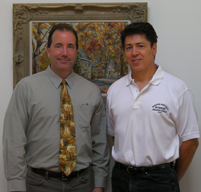
9-Part (80 minutes)
#1 (8:15) Introduction and general overview
#2 (9:30) Building relationships with relationship-resistant youngsters
#3 (6:26) How he built strong trust bonds with one authority-aversive student
#4 (6:09) The use of humor & Helping students reach high standards
#5 (8:26) Forces that work against caring and competent teachers of EBD students
#6 (12:16) Models for reaching and teaching EBD students, Behavior management, Tips for new teachers, and reaching out to the homes of students with EBD
#7 (12:30) Teaching social skills & Use of cooperative groups with EBD students
#8 (9:52) Misbehavior as a test of the teacher & How to pass the tests our students give
#9 (9:09) Closure & Fond recollections of his teaching experience
Rudolf Dreikurs "Mistaken Goals": 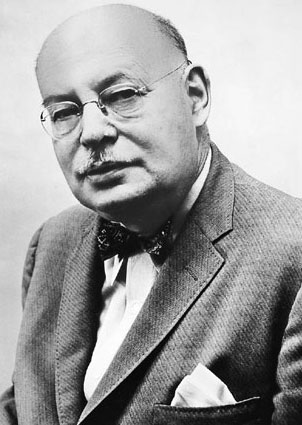
Why does that kid keep doing that? The typical A-B-C assessment and data analysis isn't going to provide your school's decision making team with the answers it seeks. Dr. Dreikurs was able to identify the stages that students pass through when they feel disconnected from school/residence and those in it. Dr. Mac explains the Mistaken Goals process and how to determine the stage in which the young person is situated. He then proceeds to offer interventions that are effective in reaching and teaching disconnected, authority aversive, and intervention resistant children and youth.
Understanding, Preventing & Defusing Aggression: 
Few professionals are adequately prepared to effectively address student anger, rage, and violence. Develop a firm understanding of the types of violence, causes, preventive strategies, and effective responses for during and after incidents.
Understanding, Preventing & Defusing Conflict Situations: 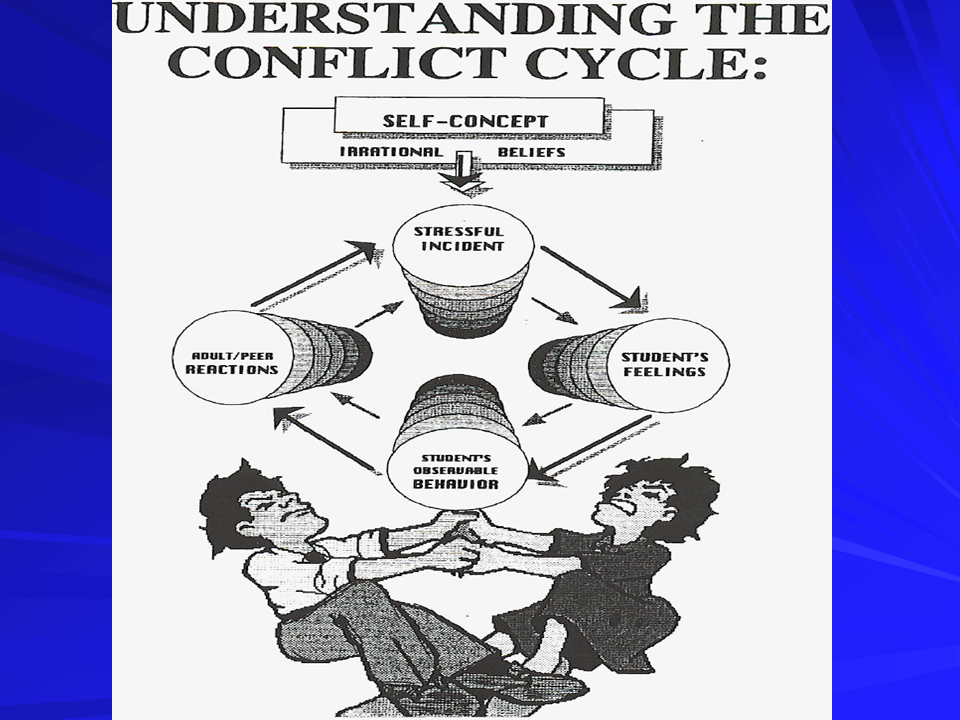
Professionals working with children and youth with disruptive behavior disorders know that opposition and defiance surface on a regular basis. There is great risk for these situations to escalate into crises. Learn how to defuse and de-escalate tense and threatening situations with this 3 part video series on "The Conflict Cycle".
This renowned, evidence-based framework for re-orienting troubled and troubling youth has developed a stellar reputation. That's no small achievement given the resistance to interventions among "hardened" youth with severe disruptive behavior and conduct issues. This 4-part video provides an overview of the C of C model. Assessment and intervention materials are explained.
When working with youngsters with behavioral challenges, one piece of advice is paramount: Carefully monitor what you say and how you say it. One wrong word can press the “off” button on cooperation, or light the fuse of the emotional powder keg. Yet on the other hand, we certainly can't sidestep our responsibility to guide and manage student behavior. How can we project assertiveness without engaging contention and conflict? Dr. Mac's multi-part video webinar provides the answers.
How could youngsters who entered schooling with such enthusiasm have fallen so far from the learning tree? Educators, as lifelong lovers of learning and dispensers of society's archived knowledge, find it difficult to comprehend why someone would refrain from drinking deeply at the fountain of knowledge. This video series addresses the reasons why students no longer attempt to succeed (academically or behaviorally), and how to identify which one(s) apply to the student(s) in your classroom. Intervention strategies for reinvigorating the enthusiasm for learning are presented.
Perhaps the most powerful behavior change procedure available, it is also one of the least intrusive, focusing on enticement versus coersion of new actions. That latter characteristic is essential in promoting behavior change in "tough kids". Students with ODD & Conduct Disorder are unresponsive to, or incited by punishment. Punitive consequences also bring the disruption of positive interpersonal bonds... a vital part of any intervention with these disconnected youth. Use DR to promote positive change in kids with disruptive, impulse control and conduct disorders while building improved relationships with them.
Assessing & Promoting Readiness to Change Behavior for the Better:
This comprehensive diagnostic-prescriptive package
provides professionals in your program with the ability to:
1. Determine a youngster’s present level of willingness to work with you to develop a more
positive behavior pattern
2. Move the that errant youth toward higher stages of readiness for positive change.
3. Maintain the youngster’s new and positive behavior pattern once it is established.
4. Re-motivate a youngster to re-engage in the change process if s/he experiences failure in
maintaining the improved prosocial behavior pattern.
The ONLY self-help book FOR kids with behavior disorders & challenges.

